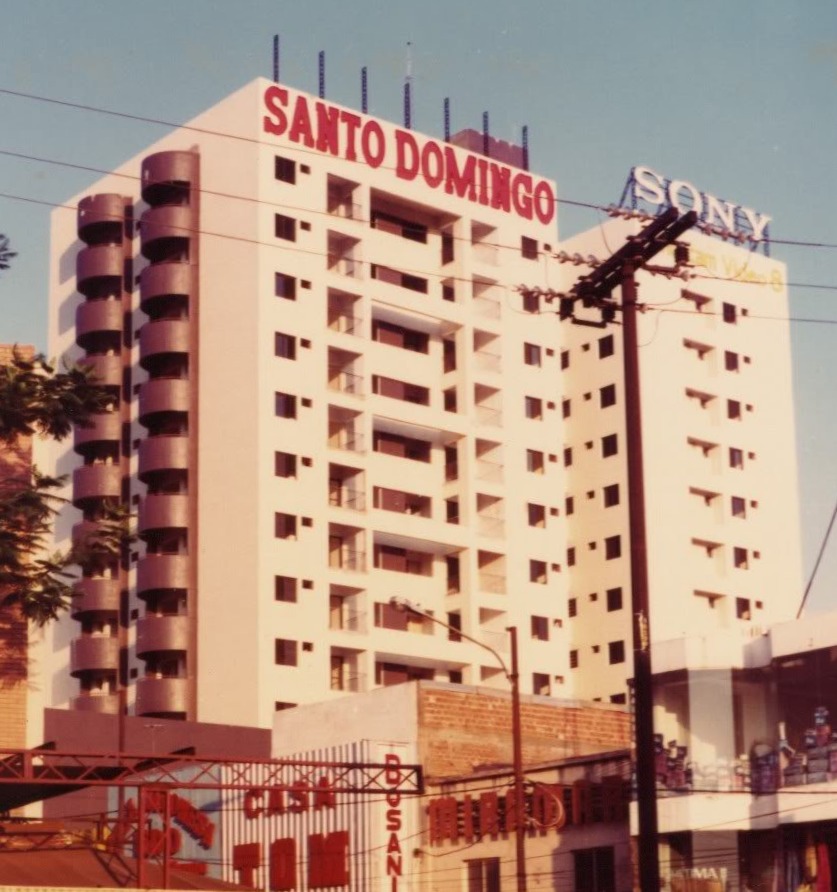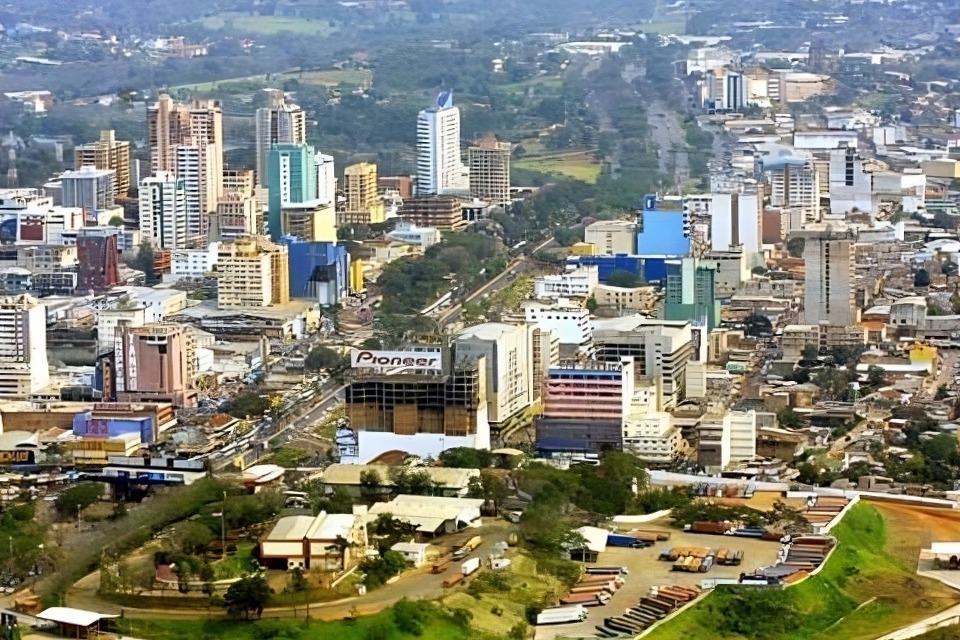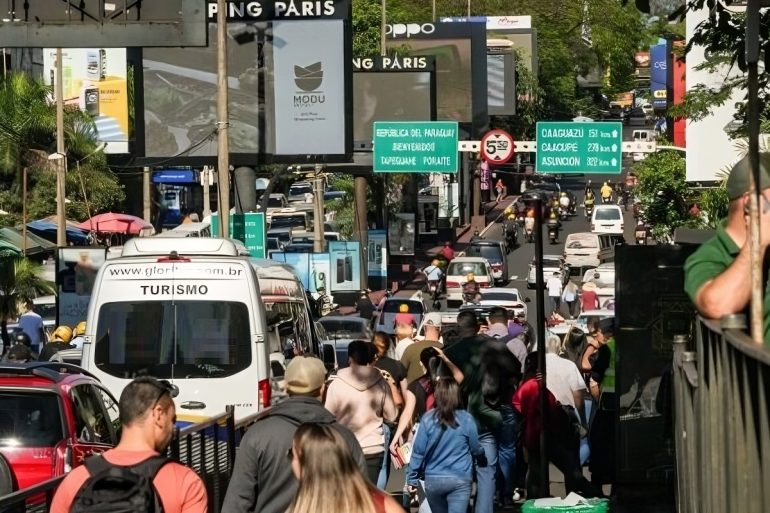Ciudad del Este does not resemble the traditional model of a Paraguayan city. Shop signs appear in Portuguese, Arabic, and Chinese. Vendors call out prices in multiple currencies. Catholic churches stand alongside mosques, while conversations in Spanish, Portuguese, Arabic, and Mandarin echo through the markets. Yet less than a century ago, this city of more than 325,000 people, located on Paraguay’s eastern border with Brazil and Argentina, was little more than jungle.
To better understand this transformation, The Asunción Times is in Ciudad del Este to have a look, and speak to Sergio César Torres, an advisor at the Governorate of Alto Paraná who arrived with his family in 1964.
The birth and transformation of Ciudad del Este
“Ciudad del Este was practically empty… A wide avenue without any houses. Everything was jungle,” Torres recalls. Today, Torres looks at the same avenue lined with towers and shopping galleries, and sees it as the commercial core of one of South America’s busiest border cities.

Founded in 1957 by Edgar Ynsfrán Doldán as Puerto Flor de Lis, the settlement was soon renamed Ciudad Presidente Stroessner and later Ciudad del Este. Its development accelerated with the inauguration of the Friendship Bridge in 1966, which linked Paraguay with Brazil across the Paraná River. The bridge turned a remote settlement into the main entry point for goods, people, and ideas, laying the groundwork for the city’s commercial boom.
Ciudad del Este’s strategic position at the heart of the so-called Triple Frontier also played a decisive role. With the city of Foz do Iguaçu in Brazil on one side, and Puerto Iguazú in Argentina on the other, the city quickly grew into a natural hub for cross-border trade. What had been dense forest became one of South America’s busiest corridors, connecting markets and communities across three nations.
The immigrant foundation
Immigration has been at the heart of Ciudad del Este’s story. In the 1960s, Paraguay launched the March to the East (Marcha hacia el Este) policy, designed to populate and develop its eastern frontier. Brazilians arrived in large numbers, forming agricultural colonies such as Santa Rosa, Santa Rita, and San Alberto. Their presence turned vast forest into farmland and introduced Portuguese into everyday life.
Another wave followed in the 1970s and 1980s, when thousands of Brazilian workers migrated to help build the Itaipú hydroelectric dam, then the largest infrastructure project in the world. Many of those workers remained in the region, settling permanently, raising families, and investing in businesses that still shape the local economy.
Arab and Asian settlers
Arab merchants, largely of Lebanese and Syrian descent, were also among the first to establish commercial activity in the city centre. Many Arab families reside in Foz do Iguaçu, just across the border in Brazil, and frequently cross into Ciudad del Este for business, often holding dual citizenship to facilitate trade. Their presence brought not only investment but also religious and cultural traditions that enriched the city’s identity.
Japanese settlers developed communities in the Iguazú district, combining agriculture with cultural preservation through schools, associations, and annual festivals. In more recent decades, Chinese, Korean, and Vietnamese communities have joined the fabric of the city, bringing cuisine, commerce, and new entrepreneurial networks. The result is a city where diversity is not an exception but part of everyday life.
Migration in Ciudad del Este

Migration continues in new forms today. Ciudad del Este in Paraguay has become an educational hub, particularly for Brazilians who cross the border to attend Paraguayan universities. Medical schools are especially popular, with thousands of students attracted by lower tuition costs and more accessible living expenses. This modern wave of student migration adds a new layer to the city’s long history of cross-border mobility.
The presence of such students has also created its own micro-economy. New housing complexes, bookstores, cafés, and services have emerged to serve them, weaving education into the larger commercial life of the city.
A city still evolving
Ciudad del Este remains one of Paraguay’s most dynamic urban centres. It contributes significantly to national GDP, anchors regional trade, and continues to attract investment from Brazil, China, and the Middle East. Torres points to the capital already flowing into the city: “Investors would not commit unless they were confident of growth,” he states, convinced that the city will only become larger and more important in the years ahead.
From Arab traders to Brazilian farmers, Japanese settlers to Chinese entrepreneurs, and now Brazilian students, Ciudad del Este has always been built by those who arrive and stay. It may not be Paraguay’s national capital, but in its complexity, resilience, and constant reinvention, it has become a city that belongs to many nations at once. It is, in every sense, a city of crossings, and a city still in motion.


